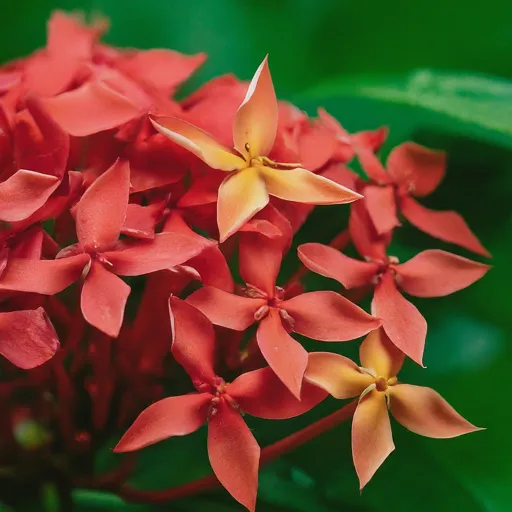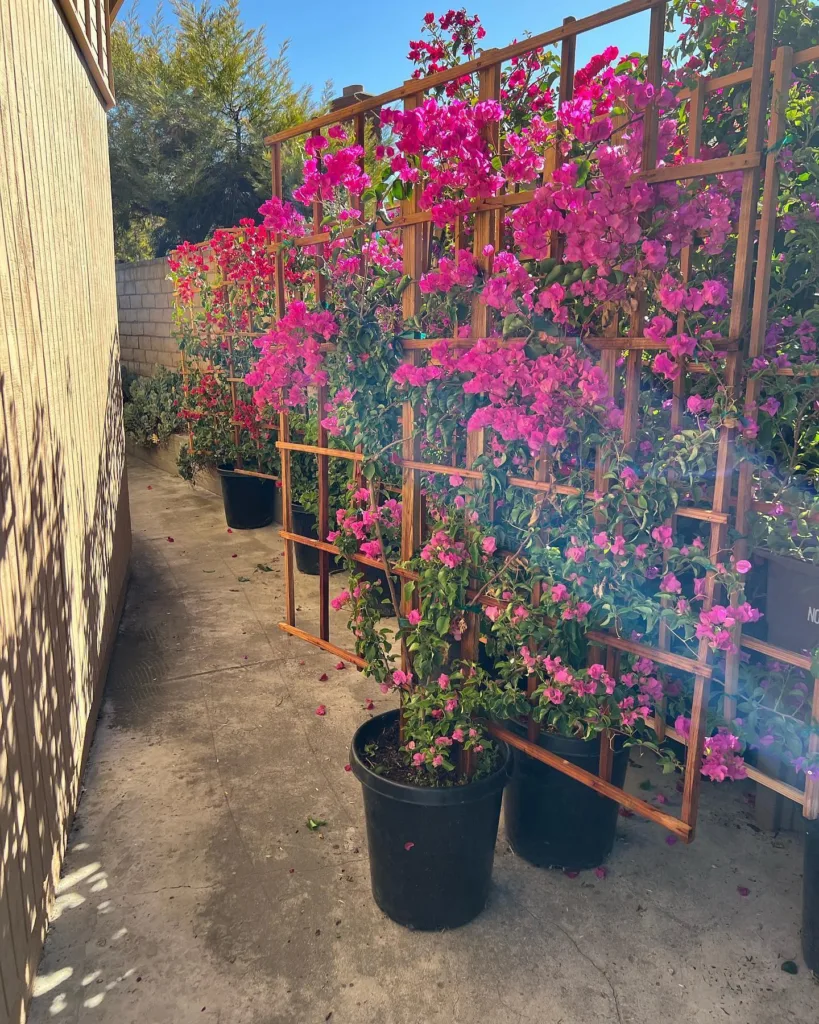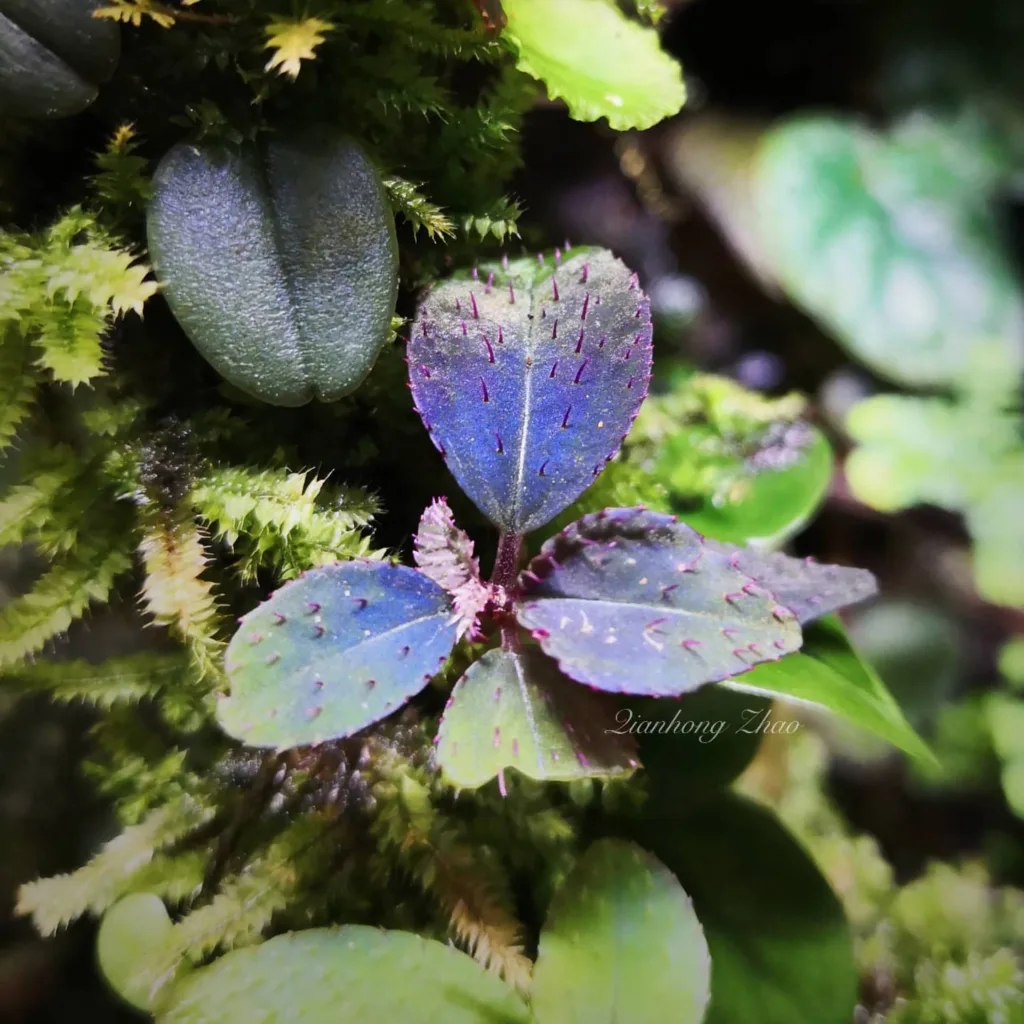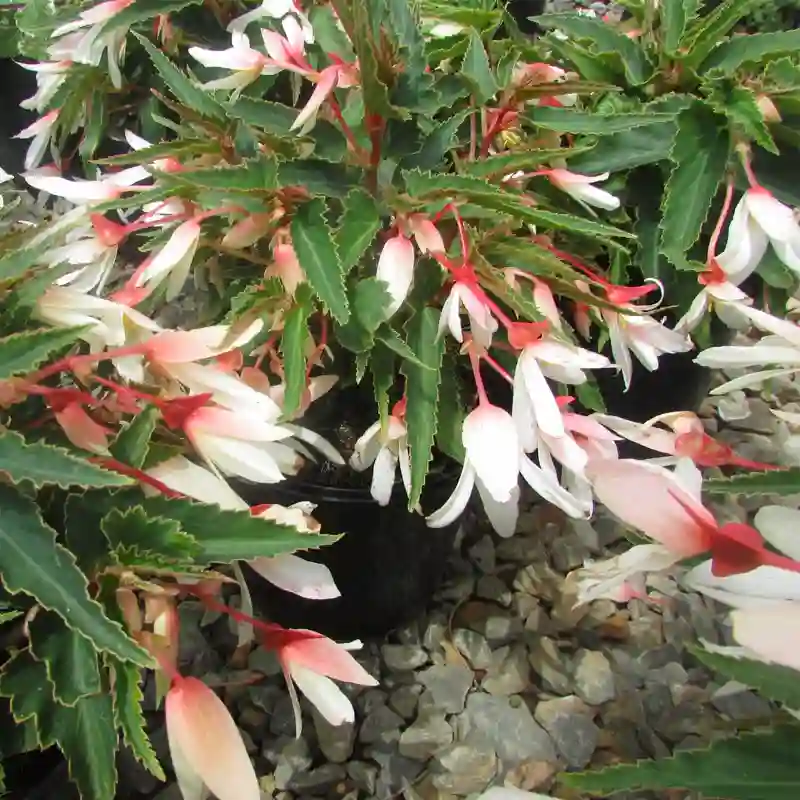Frequently Asked Questions About Carex Texensis
Carex Texensis, commonly known as Texas Sedge, is a versatile and appealing grass-like plant that I’ve had the pleasure of growing in my garden. Its adaptability to various environments and low maintenance needs make it an attractive choice for both seasoned gardeners and beginners alike. Here, I’ll answer some frequently asked questions about Carex Texensis based on my personal experiences and observations.
2324 Species in Genus Carex
What Is Carex Texensis?
Carex Texensis is a perennial sedge native to Texas and the surrounding regions. This grass-like plant features fine, slender leaves that form dense clumps. Its delicate appearance belies its robustness; Carex Texensis is known for its tolerance to different soil types and environmental conditions. It typically grows between 8 to 12 inches tall and spreads up to 18 inches wide. The plant produces inconspicuous flower spikes in late spring and early summer, adding subtle texture to garden spaces.
How to Care for Carex Texensis?
Caring for Carex Texensis is quite straightforward. Here are the essential tips I’ve found useful:
- Soil Requirements: This sedge thrives in well-draining soil but can tolerate a range of soil types, from sandy to loamy. I’ve had success in both clay and sandy soils, as long as there is good drainage.
- Light Conditions: Carex Texensis prefers partial shade to full sun. In my garden, it has done well in areas that receive dappled sunlight throughout the day.
- Watering: This plant is relatively drought-tolerant once established, but regular watering helps it look its best. During dry spells, I make sure to water it moderately, allowing the soil to dry out between waterings.
- Fertilizing: Generally, Carex Texensis doesn’t require much fertilization. I apply a balanced fertilizer once in the spring to encourage healthy growth, but it often thrives without additional feeding.
- Pruning: Occasionally, I trim the plant to remove any dead or brown foliage. This helps maintain its tidy appearance and encourages new growth.
How to Propagate Carex Texensis?
Propagating Carex Texensis can be done through division or seed sowing. Here’s how:
- Division: This is the method I’ve used most often. In early spring or fall, I dig up a mature clump and divide it into smaller sections. Each section should have a good root system. Replant the divisions immediately, spacing them about 12 inches apart.
- Seed Sowing: While less common, sowing seeds is another propagation method. I usually sow seeds in early spring or late fall, either directly into the garden or in seed trays. Seeds should be lightly covered with soil and kept moist until germination, which typically occurs in a few weeks.
What to Plant With Carex Texensis?
Carex Texensis pairs well with various plants, adding a soft, grassy texture to the garden. I’ve found it complements:
- Hostas: The contrasting foliage of Hostas with Carex Texensis creates a lush, layered look.
- Astilbes: Astilbes’ feathery blooms contrast beautifully with the fine foliage of Carex Texensis.
- Heucheras: The colorful leaves of Heucheras provide a vibrant backdrop for the subtle hues of Carex Texensis.
- Shade-Loving Ferns: Combining Carex Texensis with ferns enhances the woodland garden aesthetic.
Is Carex Texensis Toxic?
One of the appealing aspects of Carex Texensis is that it’s non-toxic to pets and children. This makes it a safe choice for families with curious pets or young children, as I’ve found it doesn’t pose any health risks.
Benefits of Carex Texensis
Carex Texensis offers several benefits for gardeners:
- Low Maintenance: It’s an excellent choice for those who prefer a garden that requires minimal upkeep.
- Versatility: It adapts well to various soil types and light conditions.
- Drought Tolerance: Once established, it withstands dry periods better than many other plants.
- Aesthetic Appeal: Its fine-textured foliage adds visual interest and can be used as ground cover or in mixed plantings.
Common Problems with Carex Texensis
While Carex Texensis is generally easy to care for, it’s not entirely without issues. Here are a few problems I’ve encountered:
- Overwatering: Too much water can lead to root rot. I’ve found that ensuring good drainage is key to preventing this.
- Pests: Occasionally, I’ve spotted aphids or scale insects on the plant. A gentle spray of insecticidal soap usually takes care of these pests.
- Fungal Diseases: In overly damp conditions, fungal issues can arise. Ensuring proper air circulation and avoiding overhead watering helps prevent this.
Comparing Carex Texensis to Similar Plants
If you’re considering Carex Texensis but are also looking at similar options, here’s a quick comparison:
- Carex Evergold: This sedge has striking golden-yellow foliage, whereas Carex Texensis has a more subdued green appearance. Carex Evergold is also less tolerant of drought.
- Carex Appalachica: Often confused with Carex Texensis, Carex Appalachica has a similar growth habit but is more suited to cooler climates. Carex Texensis is better for hotter regions.
In conclusion, Carex Texensis is a fantastic plant for various garden settings. Its adaptability, low maintenance requirements, and aesthetic versatility make it a great choice for many gardeners. With a bit of attention to its care needs, it can thrive and enhance any landscape.
If i die, water my plants!



